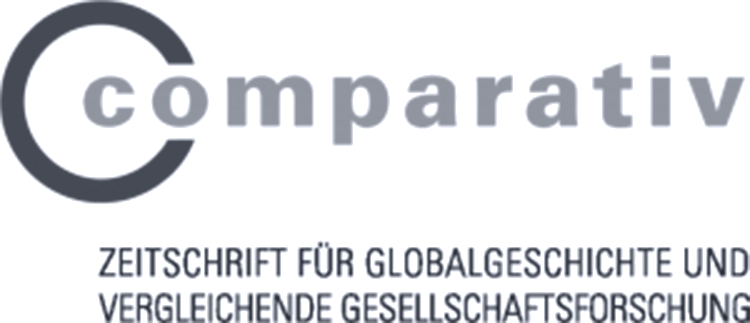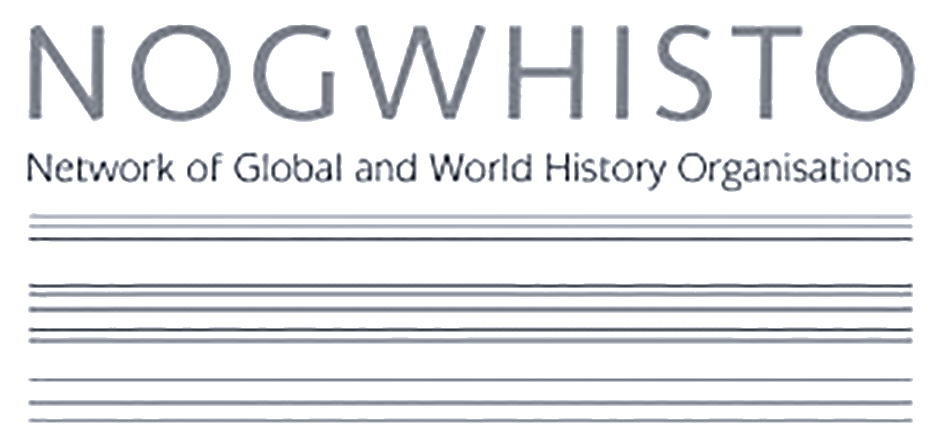Event Details
-
Date
III. Thursday, 11th September, 11:00-13:00
-
LocationWeber
-
ThemeC Expanding the Global Archive
Chair
- Sara Ellis-Nilsson (Linnaeus University)
Panelists
- Tamara Ann Tinner (Linnaeus University)
- Ikuko Wada (Okayama University)
- Franklin Martinez (Linnaeus University)
- Julia Malitska (Södertörn University)
Papers
-
Tamara Ann Tinner
Material Culture Methods and the Multifaceted Archive: Challenging Eurocentric Perspectives through a Cross-analysis of Moro Silk Trousers -
Ikuko Wada
Long-Distance Trade of Tropical Rayskin for the Samurai Swords: Local Demands and the Dutch East India Company -
Franklin Martinez
Cattle, meat and leather in the construction of New Spain, 1519-1550 -
Julia Malitska
Meatification as an imperial Situation: towards the conceptual understanding of the 'Meat Question' in the Late Russian Empire
Abstract
This panel brings together a widely situated ‘geographies of investigation’ into material and food culture, ranging from the Philippines, Japan, Brittany, New Spain (central and southern Mexico), and non-Russian borderlands along the Black and Caspian Seas. The central question in many of the papers is the procurement of certain materials which necessitate a degree of trans-cultural connectivity. Because of the very nature of these materials under scholarly investigation, we encounter an important question of methodology for the global historian about the access to sources. What is local and what is non-local – or to put it differently, is it an obvious ploy to distinguish the origins of these materials to make claims about global history? Who is procuring the material, who is processing it, and who is consuming it? What is the role of visual or material sources in these investigations? How problematic is it to use visual sources to represent material sources in cases of inaccessibility of the latter? What impacts the local customs of processing the material (whether edible or not) to evolve over time?



